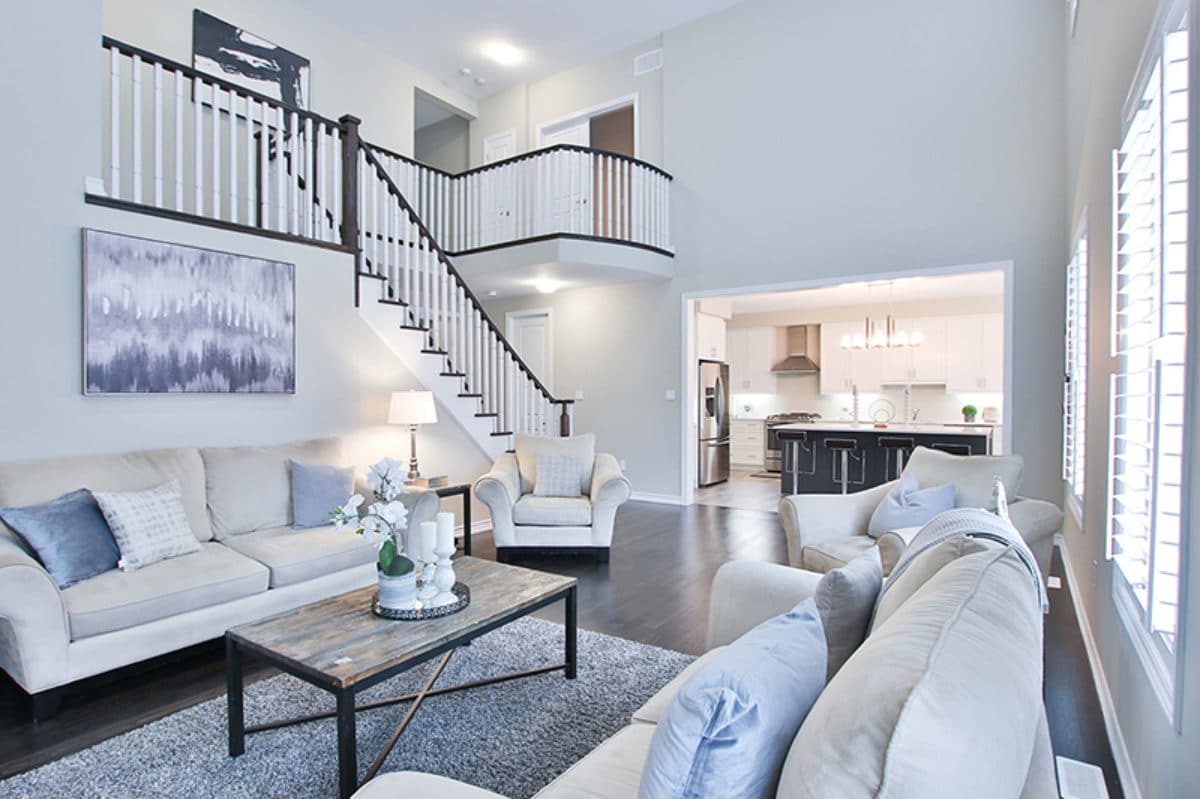Don’t Be Confused: Your House is Not Your Legacy
Nick reached the point in his life where things seemed comfortable—the bills were paid, the business was booming, and the highway up ahead seemed straight. So he set out on the project of a lifetime: building a 10,000-square-foot home.
He had fun along the way. Nick liked the design aspect, the coordination with contractors and making the puzzle pieces fit together. He reasoned that his adult kids would love it as well. And when the project was all complete, he was thrilled. He had never lived in a place so amazing.
But sadly, his kids couldn’t make it very often—geographic distance was a reality. He and his wife hosted a Bible study and the occasional party, but eventually they found themselves using only a handful of rooms.
Nick’s reality matches the experience of a lot of boomers. Laura Kusisto and Cassidy Araiza point out trends likely to affect future home buying in their Wall Street Journal article: “OK Boomer, Who’s Going to Buy Your 21 Million Homes?” They point out the retirement communities forwarded by people like Del Webb with golf courses, auditoriums, shuffleboard courts, and bowling greens won’t be the desired place of residence for younger generations.
Indeed, roughly 9 million residences are set to hit the market through 2027 as more baby boomers die or move out to live with family or in assisted living facilities. By 2037, 21 million homes will be vacated by seniors.
Who will fill the empty homes?
Is this a new problem? New home buyers have always replaced deceased homeowners in the past. What’s different now?
As Kusisto and Araiza point out, “…the Gen Xers are a smaller and more financially precarious generation with different preferences, posing a new kind of test for the housing market. One problem is that the bulk of the supply won’t necessarily be in places these new buyers want to live.” They note that Xers and millennials prefer cities and suburbs in major metropolitan areas. They certainly seem unlikely to migrate to a Del Webb retirement community.
Similarly, fewer members of the next generations will have the financial ability to buy something like Nick’s 10,000-square-foot home. Housing prices are likely to stagnate in the heavily senior-populated areas. Small towns and rural areas with large houses are not likely to attract the attention of the younger generation.
Look, I’m not against the Nicks of this world building a 10,000-square-foot home. But it’s worth considering whether that home will fulfill his expectations. Beyond the question of return on investment with future housing trends is the question of legacy.
Will the home I choose to live in help or hinder the legacy I aim to build?
What advice do you have for those considering these kinds of changes in the coming decade?
Photo by Sidekix on Unsplash
Share this Post
Published January 31, 2020
Topics: Culture Commentary | Estate Planning

